AI catalysing efficiency and cost reduction in the green hydrogen economy
October 16, 2025 6:11 pm
Hydrogen is widely used in various applications worldwide, as it is not the electricity but a fuel that consumes electricity and is produced as such. This hydrogen can be converted into green ammonia, green methanol, and synthetic fuels and used directly as a fuel for green steel production. India’s 30 to 35 percent of emissions come from chemicals, refineries, steel, fertilisers, and glass. In 5 to 10 years, we can replace fossil fuels with hydrogen. The country has a target of 5 million metric tons of green hydrogen production under the National Green Hydrogen Mission (NGHM), making it the second-largest global initiative.
Key pointers:
Types of Hydrogen
Grey Hydrogen
Historically the most used (98–99% of industrial hydrogen).
Produced using fossil fuels and emits high carbon levels.
Major contributor to CO₂ emissions; being phased out globally.
Green Hydrogen
Produced using renewable energy through electrolysis of water.
Nearly carbon-free (~99.99%), though minimal emissions occur from manufacturing equipment like pumps and compressors.
Considered the cleanest and most sustainable hydrogen source.
Blue Hydrogen
Created through carbon capture during grey hydrogen production.
Carbon emissions from the process are captured and stored, reducing overall environmental impact.
Other Types (Turquoise, Pink, Purple, Yellow)
Minor in scale and not widely relevant to current industrial applications.
Electrolyser Requirement
Green hydrogen production requires high-quality water.
Electrolysers split H₂O into hydrogen and oxygen using electricity.Both gases—hydrogen and pure oxygen—can be collected for industrial use.
Electrolyser efficiency directly impacts hydrogen production cost.
AI’s Role in the Hydrogen Economy
Optimisation:
AI enhances electrolyser performance under varying temperature, pressure, and voltage conditions.
Cost Efficiency:
Electrolysers make up about 60% of total hydrogen production cost.
AI-driven optimisation reduces operational costs significantly.
Load Management:
Renewable energy (RE) sources fluctuate; AI predictive tools help manage electrolyser loads effectively.
Digital Twins:
Virtual models replicate real-time electrolyser performance for monitoring and fine-tuning operations.
Comprehensive Impact:
AI supports plant design, manufacturing, and operations, reducing both CAPEX and OPEX, making hydrogen production more viable.
Thumb Rule and LCOH (Levelised Cost of Hydrogen)
Water Requirement:
1 kg of hydrogen requires 9 litres (kg) of water.
LCOH Formula:
Calculates the annual cost of hydrogen production over the plant’s operational lifespan (e.g., 25 years).
Provides a consistent measure of hydrogen cost regardless of seasonal variation.
CO₂ Reduction Impact:
1 kg of hydrogen used daily (e.g., in a car or truck) saves ~8.8 kg of CO₂ emissions.
#GreenHydrogen #HydrogenEconomy #SustainableEnergy #CleanFuel #RenewableEnergy #HydrogenProduction #AIInEnergy #GreenSteel #NationalGreenHydrogenMission #CarbonNeutral #power #energystorage #eprmagazine #news #india #smartgrid #electrical
Cookie Consent
We use cookies to personalize your experience. By continuing to visit this website you agree to our Terms & Conditions, Privacy Policy and Cookie Policy.




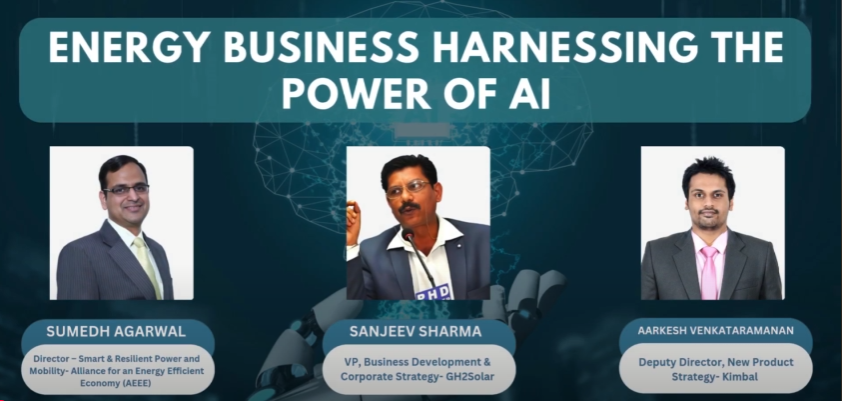
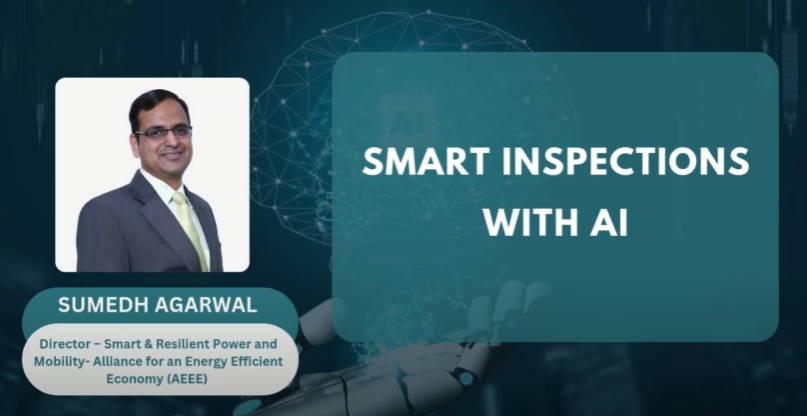
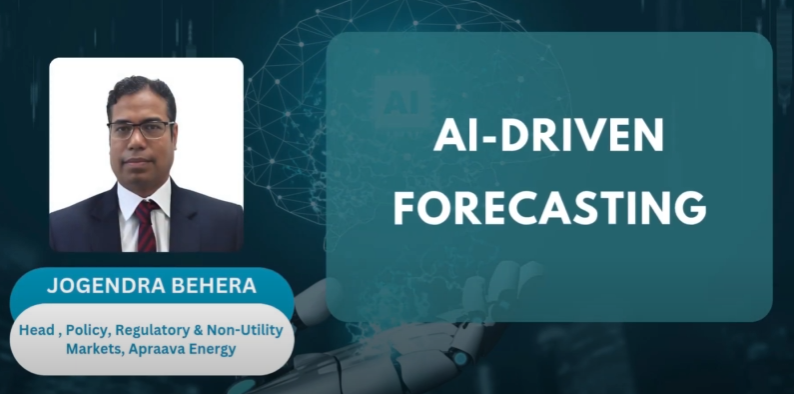
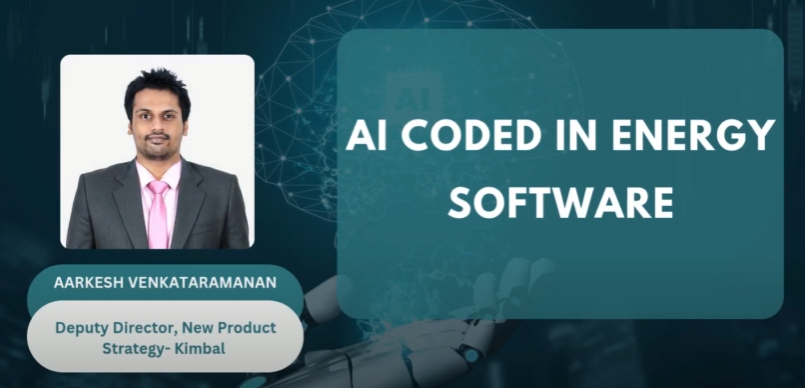



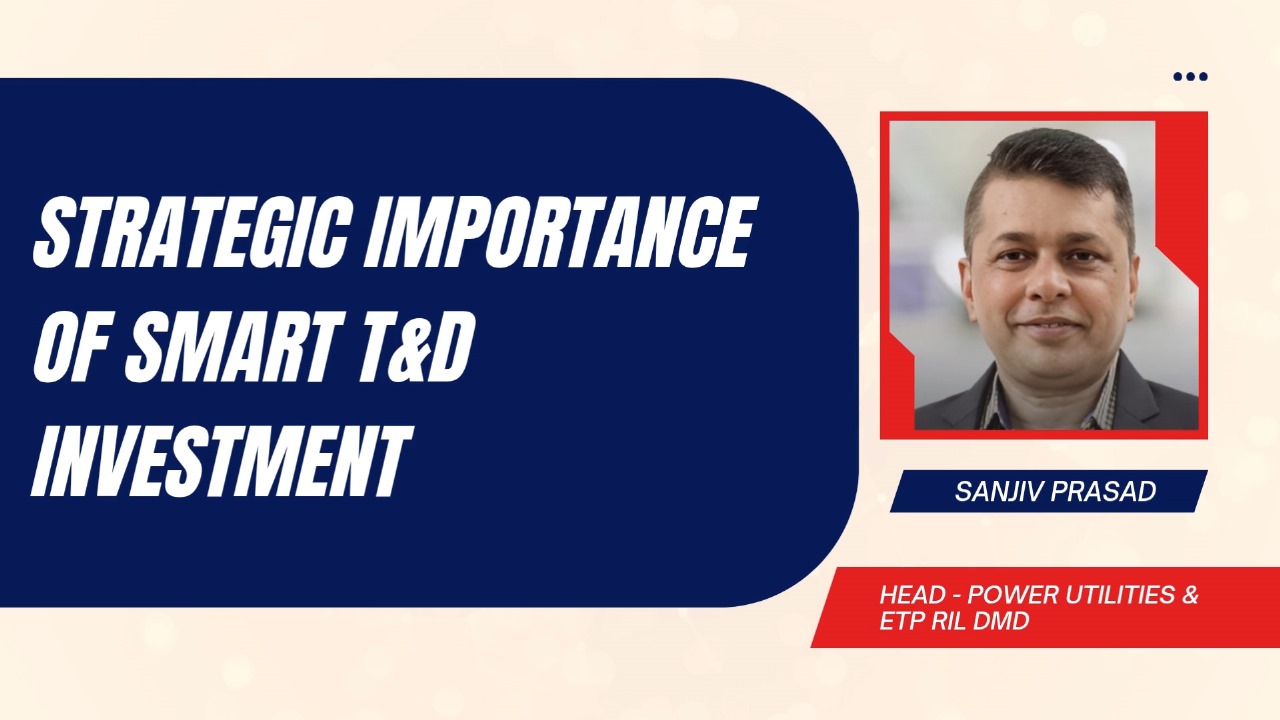
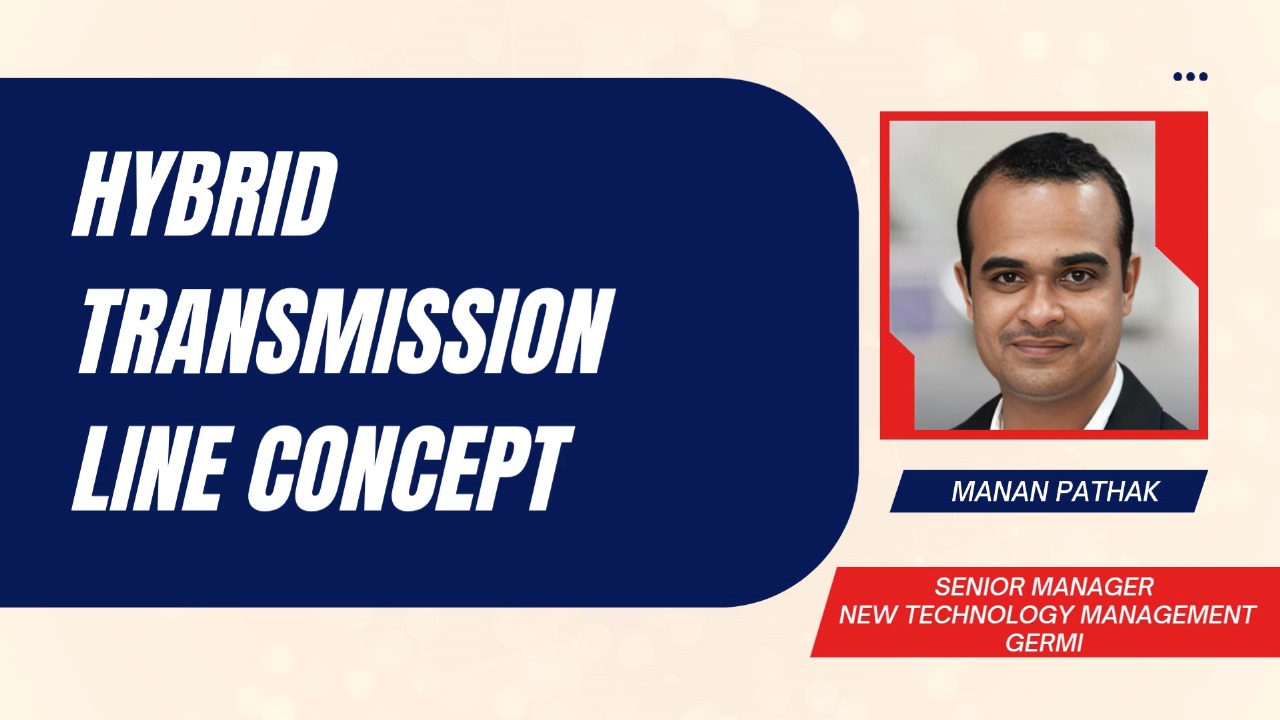
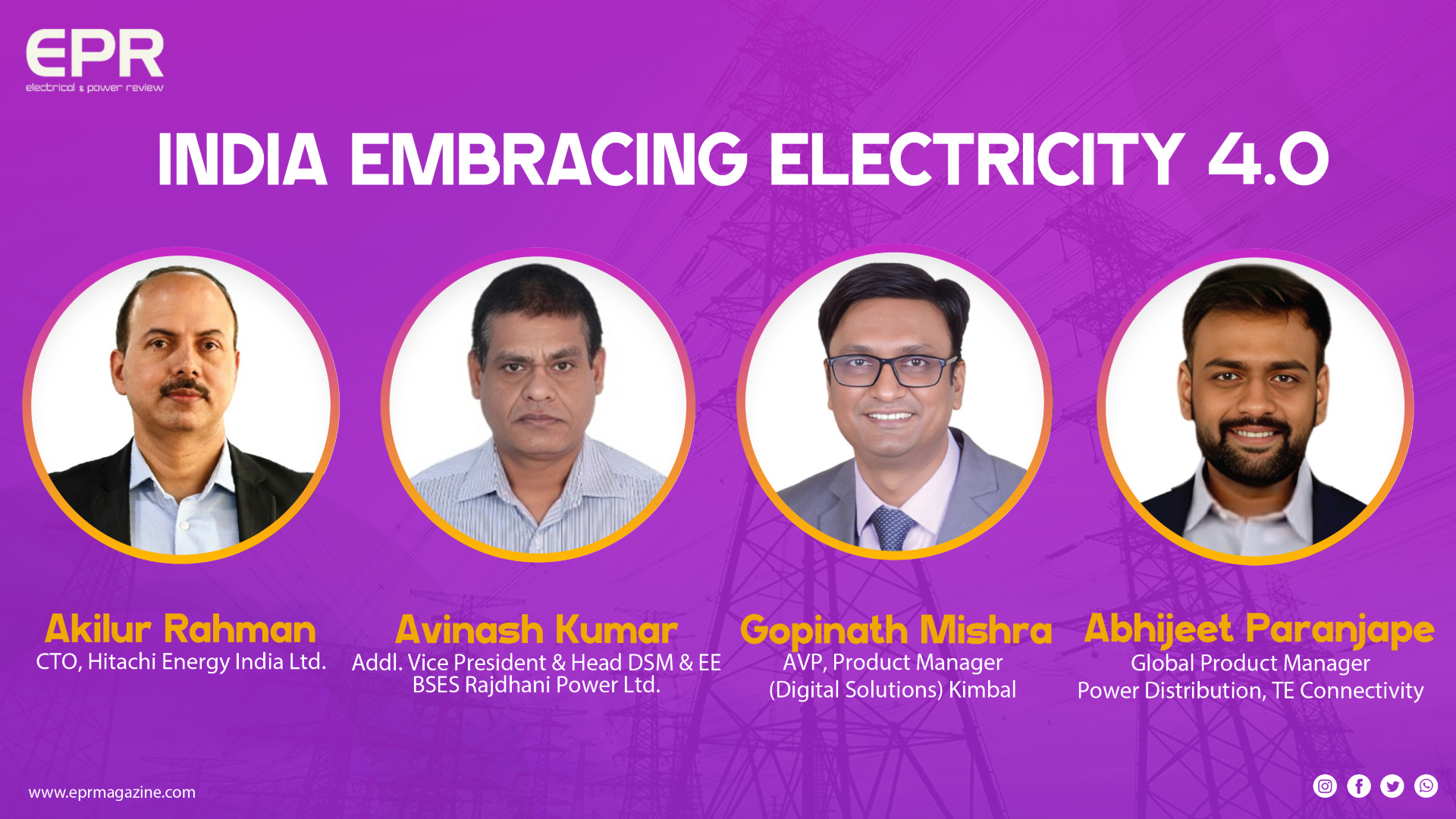
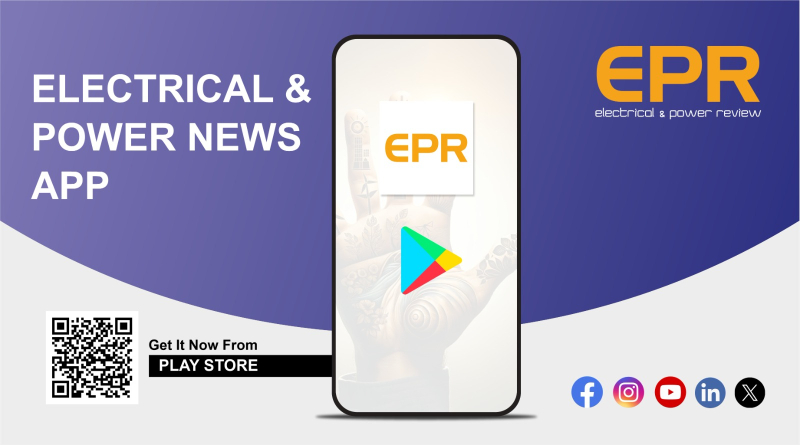
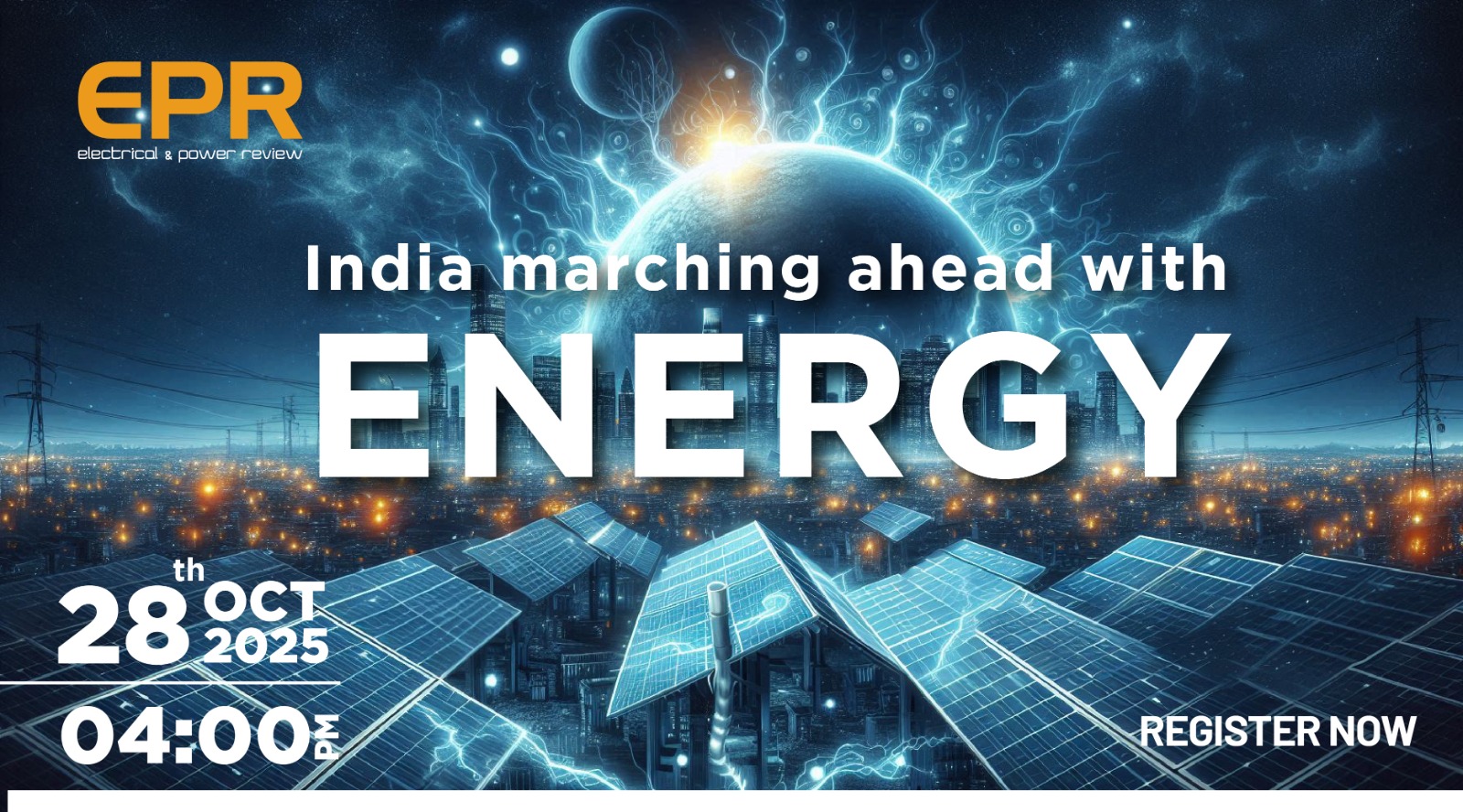




-20251010140647.jpg)











-20251007141246.jpg)








-20251010134742.jpg)










